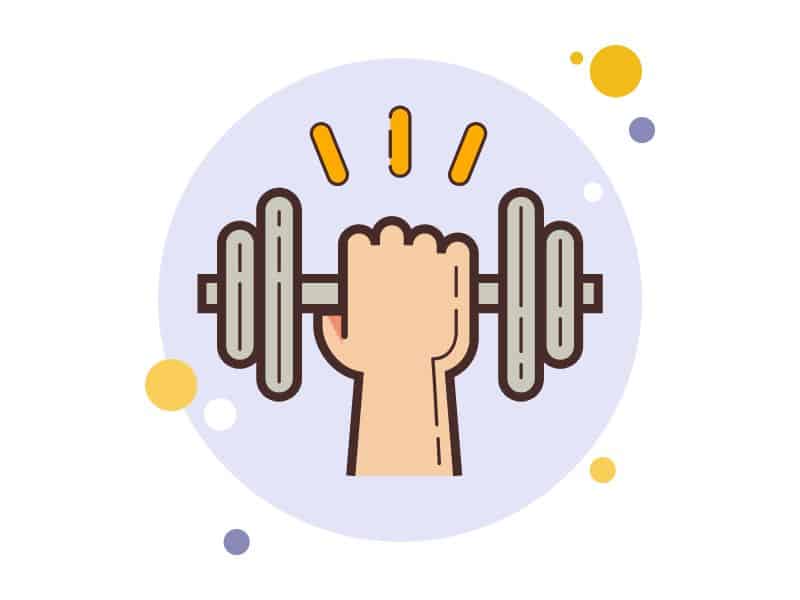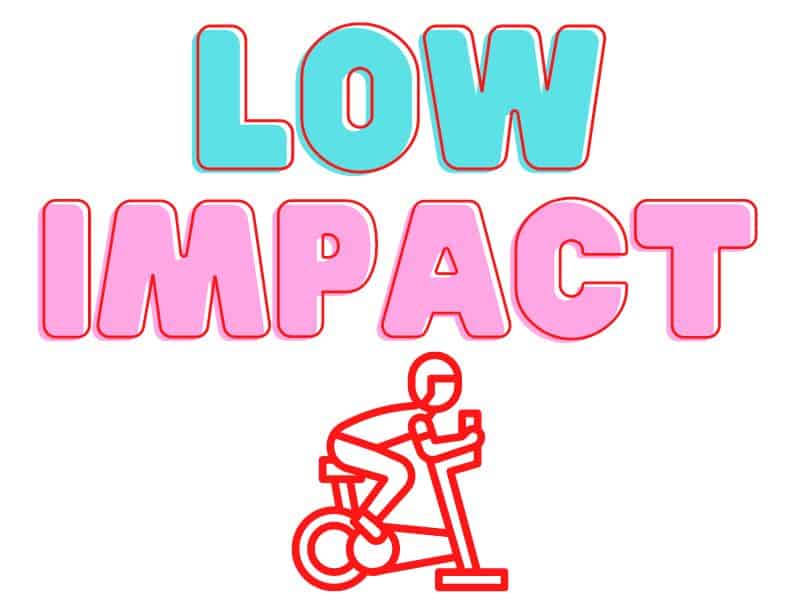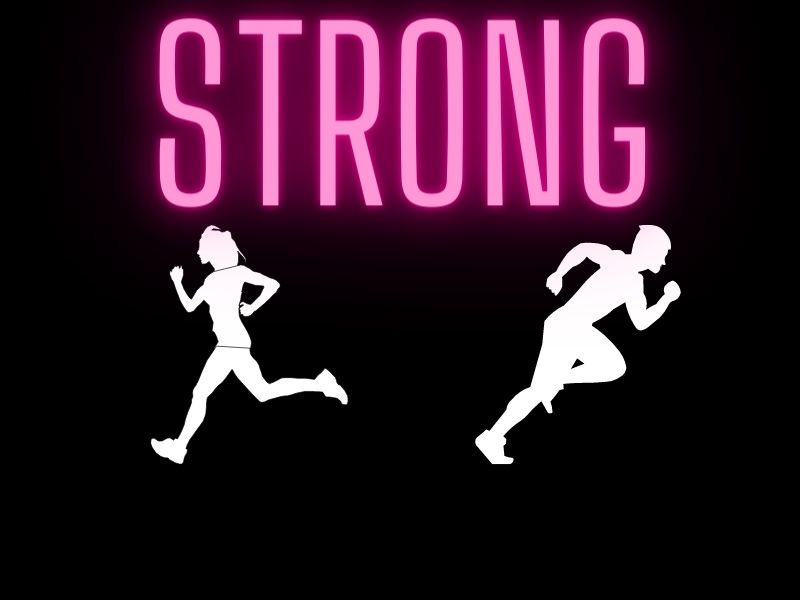Fitness fanatics often swear by one technique or another to achieve their goals. Runners tend to shun cyclists, while some cyclists and spinners can view runners as “backward” or old-fashioned. But, indeed, one type of exercise can often enhance your performance in another arena as well. So, for example, could the Peloton Bike make you a better runner?
Regular exercise on a Peloton Bike could improve your running speed and endurance, making you a better runner. Combining the proper use of a Peloton Bike with regular running is known as cross-training, which helps with your cardio, endurance, and strength, which are all crucial for runners.
One crucial aspect to keep in mind is that the Peloton Bike should make up one part of your entire exercise program if you want to be a better runner. Don’t replace your current routine with a Peloton Bike; rather, add it to your routine to add some diversity and a “change of scenery.” Let’s look at some essential factors to remember when using a Peloton Bike to become a better runner.
How Does A Peloton Bike Make You A Better Runner?
The Peloton Bike has an impact on three primary areas that are important for serious runners. Those areas are:
Cardio

Running is all about cardio, and so is riding on an exercise bike. Cardiovascular exercise focuses on improving the strength of your heart, which in turn will improve your breathing, blood circulation, and the supply of oxygen to your brain and muscles.
Cardio is cardio. Whether you get your cardiovascular exercise through running, spinning, cycling, rowing, or any other type of exercise, any type of cardio that focuses on your heart rate and breathing will be effective for any other kind of cardiovascular exercise, as long as the intensity is the same or greater.
The cardiovascular aspect of riding on a Peloton Bike is similar to that of running, so your gains are similar, and it’s safe to substitute some of your running exercises with spinning on your Peloton Bike.
Endurance

Since it is linked tightly to cardiovascular exercise and your fitness levels, you can do endurance training in any way that you prefer. Endurance training is all about pushing yourself to keep going for a longer period of time. Almost anyone can run; the difference lies in their speed and how long they can last. The latter is what endurance training is all about.
It’s been proven that one hour of a slow, steady ride on a Peloton Bike will improve your endurance more than running for the same time at a similar pace. Essentially what this means is that, when you use it properly, you can boost your endurance considerably by adding a Peloton Bike workout to your regular exercise routine.
Strength

Your running speed is irrevocably linked to the strength of your leg muscles. Whereas cardio and endurance training focus more on how long you can keep on running, your muscle strength will determine how fast you can run. That’s another reason why a Peloton Bike can make you a stronger runner.
Running and cycling work out many of the same muscle groups in your legs and lower body. Whether you exercise those muscle groups through running or cycling makes little difference to the muscles; they are becoming stronger either way.
One major difference between exercising your leg muscles through the Peloton Bike vs. by running is that the Peloton Bike does not have the effects of impact. The impact of running could eventually lead to joint problems and injuries, which you avoid when you’re exercising your leg muscles with the Peloton Bike. That leads us to the next point: that a Peloton Bike could be a better way to train.
Advantages Of The Peloton Bike Over Normal Running
There are a few reasons why a Peloton Bike may be a better option for exercise than running (either on the road or on a treadmill).
No Impact

Running is an impact sport. When your feet hit the road, the shock of the impact resonates through all of your lower joints like your ankles, knees, and hips. This is especially the case with new runners who haven’t perfected their technique yet.
As mentioned, the fact that spinning and cycling are low-impact exercises is a great advantage since they could save you from severe joint problems and injuries later in life.
Perfect For Recovering From Injuries
If you’ve already suffered injuries in your joints or back, spinning or cycling is a much safer exercise during recovery time than running. Running will put additional strain on your body, while cycling will improve your cardio, endurance, and strength without placing too much stress on those areas that were injured.
Cycling Provides Massive Muscle Gains

Anyone driving around on a Sunday morning will notice cyclists everywhere, and one of the first things we tend to see are their well-formed calve muscles. That is one common side-effect of cycling: your leg muscles will improve in size and strength almost instantly, leading to muscles that are well-defined, clearly toned, and strong enough for a marathon.
More Freedom Of Movement
A bike, including the Peloton Bike, can give you a more dynamic workout than running because you can change your posture. For example, a bike enables you to do short stints standing up out of the saddle, which works your leg muscles differently from pedaling in a sitting position, giving you more range in the workout you receive.
Tips For Using A Peloton Bike To Become A Better Runner

Any exercise is only good if you’re doing it correctly. Here are a few tips from professional runners on how to use your Peloton Bike effectively to become a better runner.
Don’t Replace Your Running Workouts Completely
Though the two exercises work the same muscle groups, they can sometimes work them differently. It’s essential to keep running, too, so that your muscles don’t “forget” the proper running technique.
Keep The Ratio In Mind
Remember that one hour of cycling is not the same as one hour of running, and neither is one mile of the one the same as one mile of the other. On average, fitness experts all agree that one mile of running is the equivalent of three miles of cycling, a ratio of 1:3. So keep this in mind when you’re exercising.
The fact that you can quickly cycle 5 miles does not mean you will be able to run the same distance just as efficiently. Based on that ratio, if you’re able to cycle 15 miles, you should be able to run five quite easily. This is because of the added momentum that the bike adds to your pedaling efforts.
Take Regular 45- To 60-Minute Rides
One of the standard recommendations for runners preparing for a marathon is to take frequent rides between 45 and 60 minutes on the Peloton Bike. These rides can be Power Zone, HRZ, or HIIT rides, as long as you push your heart rate to the same levels you would if you were preparing for running.
Do A Hill Race Once A Week
In addition to the regular rides, it’s good to add some hill training to your routine once per week. This will help build your muscle endurance. Then you should add a 90-minute endurance race once per week too. This will accurately simulate the conditions of a road marathon, boosting all three of the critical aspects (strength, cardio, and endurance) at once.
Go Longer On The Bike
If you’re replacing some of your running exercises with cycling on the Peloton Bike, it’s essential to accommodate for some differences. The first is the 1:3 distance ratio mentioned earlier. But another factor to consider is that cycling tends not to push your heart rate as high as running.
To accommodate for this difference, it’s considered a good idea to keep going for longer on the Peloton Bike than you would if you were running. For example, riding for 45 minutes instead of running for 30 minutes. This will give you similar results in the end.
Conclusion
Many runners stick to their guns in saying that the best way to use any kind of bicycle is to get out of the saddle and run. This will likely never change since people will always have strong opinions, especially about their likes and dislikes. But medical science has proven that runners can gain a lot from cycling, especially safely at home using a Peloton Bike. Use it as much as you like!






